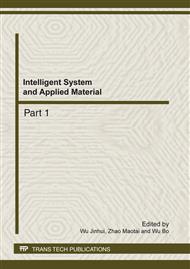p.1075
p.1079
p.1084
p.1089
p.1095
p.1100
p.1104
p.1109
p.1115
The Applications of Improved Genetic Algorithm on Hypersonic Vehicle Trajectory Optimization
Abstract:
The Optimal trajectory design for hypersonic cruise missile is an optimal control problem with strict terminal constraints and variable final time. The classical algorithms always encounter the problems of high sensitivity to initial guess and local convergence in solving this problem. Aiming at these problems, genetic algorithm (GA) which is of good global convergence is applied to designing the optimal trajectory for hypersonic cruise missile. In order to improve the convergence rate of GA and overcome its premature problems, this text introduces a predatory search (PS) strategy to speed the convergence of genetic algorithms, robust and closer to the optimal solution. This text compares the original genetic algorithm (GA) and improved genetic algorithm by the emulate experiments, and the results show that the PSGA is a more effective method to design the Optimal trajectory for hypersonic cruise missile than the original genetic algorithm.
Info:
Periodical:
Pages:
1095-1099
Citation:
Online since:
February 2012
Authors:
Price:
Сopyright:
© 2012 Trans Tech Publications Ltd. All Rights Reserved
Share:
Citation:


